- News
-
-
-
-
-
Latest News Articles
- WSB: Study tests accuracy of thermal drone surveys April 26, 2024
- Computer model explores Tribal use of fire for ecosystem health April 26, 2024
- 2024 TWS Elections: Southwest Representative April 25, 2024
-
-
-
- Wildlife Professional Resources
-
- Our Network
-
- PUBLICATIONS
-
-
Recent Posts
-
 The Wildlife Professional November/December Issue
November 1, 2023
The Wildlife Professional November/December Issue
November 1, 2023
-
-
-
-
-
-
- Wildlife Events
-
-
-
Upcoming Webinars
- No Events
-
-
-
- Who We Are
-
Month: January 2017
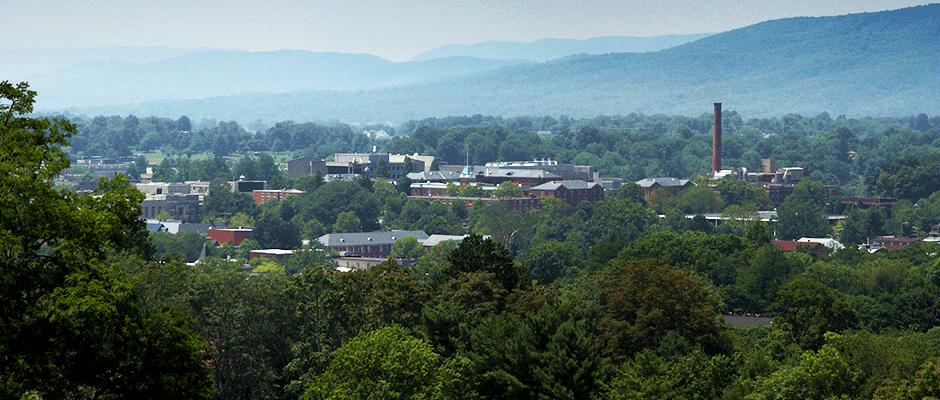
January 11, 2017
VA Tech Student Chapter submits comments on proposed pipeline
The Student Chapter of The Wildlife Society at Virginia Tech (VT TWS) recently submitted comments on a Draft Environmental Impact Statement (DEIS) for the Mountain Valley Project (MVP); a proposed...
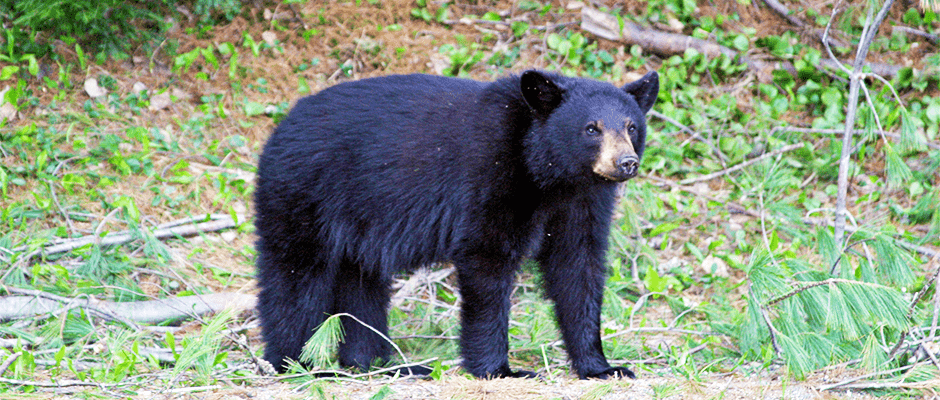
January 11, 2017
Student Research project: Bears are wary in Connecticut
Black bears tend to stay away from roads and houses in Connecticut suburbs during important periods of their lives, according to new research. Michael Evans discussed findings from his University...
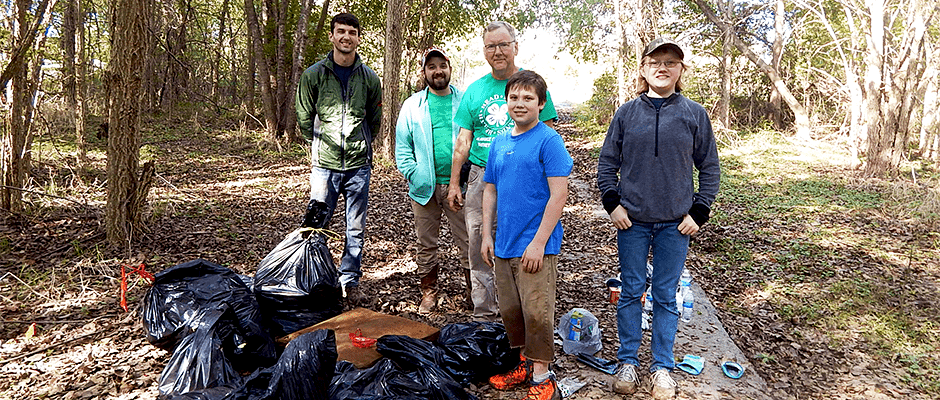
January 11, 2017
Scholarship opportunity for conservation camp
A few years ago, when retired North Carolina state wildlife biologist Terry Sharpe was chatting with friends about why they became interested in wildlife, he realized they all had one...
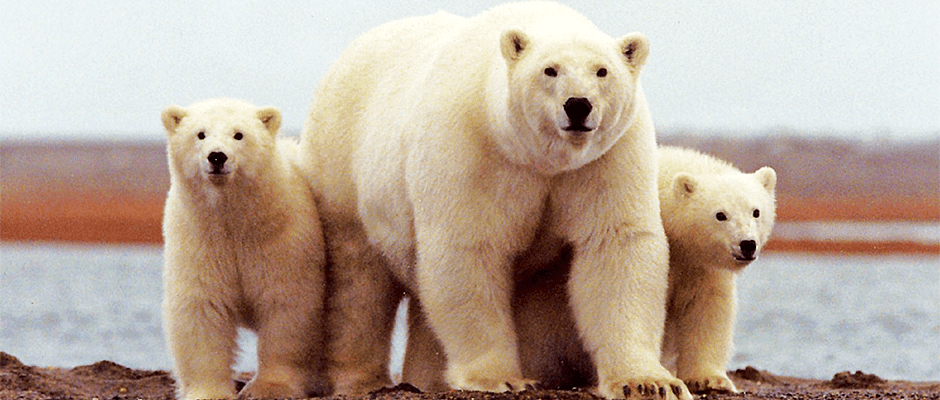
January 10, 2017
Emerging pollutants present serious risk to polar bears, study finds
For years, the polar bear (Ursus maritimus) has been the posterchild of climate change, but recent research reveals that the species also faces a serious threat from a host of...

January 10, 2017
Announcing the new issues of JWM and WSB
More than 30 papers that focus on wildlife management and conservation are now posted in the Wiley Online Library. Log on the TWS website and click on the “Publications” tab...

January 9, 2017
AK museum has state’s only complete humpback whale skeleton
The University of Alaska Museum (UAM) Mammal Collection houses the largest collection of marine mammal specimens in North America. Its holdings include specimens from more than 12,000 walrus, 15,000 seals,...

January 6, 2017
Introducing the newest TWS Fellows!
Last October, The Wildlife Society recognized 11 outstanding members as TWS Fellows for their contributions to the Society and the wildlife profession as a whole. The awards were presented by...

January 6, 2017
Study says ‘Unprecedented threats’ to bats in National Parks
Researchers studying bat populations throughout the U.S. national park system say a “strategic conservation response” is needed to protect bats from what they call “unprecedented threats from disease and rapid...

January 5, 2017
Restoring resources for pollinators: A collaborative approach
The Southern High Plains of the U.S. is an area of intensive agricultural production where the majority of cotton in the U.S. is produced in addition to a variety of...
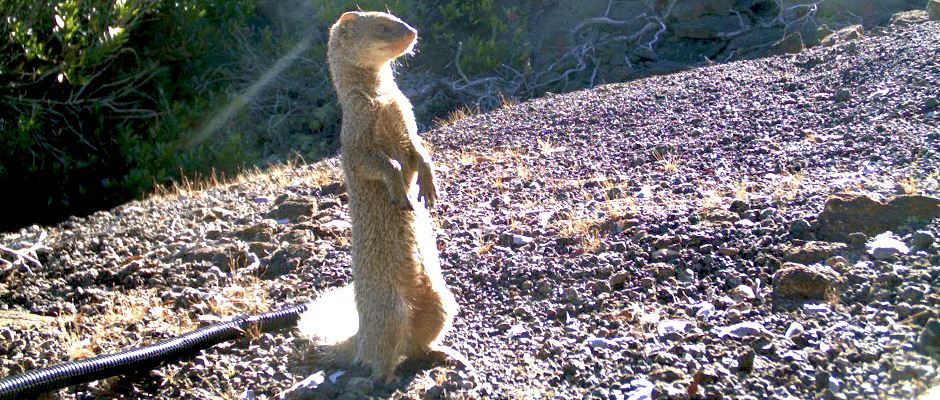
January 4, 2017
How Hawaii’s invasives influence the nutrient cycle
Invasive species on Hawaii Island — also known as the Big Island of Hawaii — likely become a nutrient resource for other invasive scavengers after they die, which researchers say...

